The name Bhujangasana comes from the Sanskrit word ‘bhujanga’ which translates to ‘snake’ or ‘serpent’ and ‘asana’ meaning ‘posture’. Hence, it is often referred to as the Cobra Pose, as it reflects the posture of a cobra that has its hood raised.
Seema Sondhi of The Yoga Studio in Delhi says, “The Cobra Pose opens up the shoulders and the neck, stretches muscles in the shoulders and chest, strengthens the arms and also helps treat constipation”. It can be significantly useful at relieving discomfort in the muscles of the back, neck and abdomen. Just a little time spent in Bhujangasana goes a long way; especially towards reducing stress and anxiety. It is part of the sequence of yoga postures in Surya Namaskar or Sun Salutation.
[wp_ad_camp_1]
Zubin Atre, Founder of The Atre Yoga Studio says, “If done right, Bhujangasana helps strengthen the spine, and stretches anything between the navel and the chin”.
16 Benefits of Bhujangasana
1. Increases flexibility
2. Tones the abdomen
3. Strengthens the arms and shoulders
4. Decreases stiffness of the lower back
5. Stretches muscles in the shoulders, chest and abdominals
6. Improves menstrual irregularities
7. Elevates mood
8. Firms and tones the buttocks
9. Stimulates organs in the abdomen, like the kidneys
10. Improves blood circulation
11. Relieves stress and fatigue
12. Opens the chest and helps to clear the passages of the heart and lungs
13. Improves digestion
14. Strengthens the spine
15. Soothes sciatica
16. Helps to ease symptoms of asthma
Getting into Bhujangasana
Start in the prone position, by lying flat on your stomach on a comfortable, level surface (preferably a yoga mat). Make sure your feet are together, with the toes against the floor. “Spread your hands on the floor and ensure you elbows are placed close to the rib cage,” says Zubin Atre, Founder of The Atre Yoga Studio. Close your eyes and inhale slowly. “Focus more on inhaling, really breathe in,” adds Zubin. Feel the stability in your pelvis and thighs, imagine them rooted to the ground throughout Bhujangasana. Exhale gradually before opening your eyes. Continue breathing slow and deep.
As you inhale, make a gently effort to push the chest forward and steadily straighten your arms. Deepen your stretch to create a graceful, even arc in your back. “Your navel should be off the mat by maximum 5 cm”, says Zubin Atre. Ensure you’re stretching just as much as you can; do not force.
Keep your shoulders broad, but relaxed. Lift from the top of your sternum, but avoid pushing the front of your ribs forward. Try to distribute the stretch evenly along your spine. Breathe calmly and hold here for 5 to 10 breaths. As you exhale, gently release your body back to the floor.
7 Common Mistakes to Avoid
“Cobra pose is simple enough for beginners, but there are a surprisingly high number of mistakes made”, says Seema Sondhi, The Yoga Studio.
1. Wrong hand placement: “Before you lift your head and chest from the floor, make sure your hands are positioned correctly”, advises Zubin Atre, Founder, The Atre Yoga Studio. If your hands are too far away from your body, you’ll likely end up jamming your shoulders toward your ears-a Bhujangasana no-no. Your hands should be next to your chest and under your shoulders.
2. Locking the elbows: “Many people keep their arms totally straight while getting into Bhujangasana and that is incorrect. Locked elbows can jam your shoulders toward your ears. So slightly bend your arms and relax”, adds Zubin Atre.
3. Jamming the neck: In the classical version of Cobra pose, the neck is arched back in a graceful extension of the spine. This healthy arc can easily turn into unhealthily throwing the head backwards. To maintain length in the upper spine, gaze directly forward or diagonally downward.
4. Crunching the lower back: Cobra isn’t about how high you can lift but about your spinal extension. Peel yourself off the floor one vertebra at a time to create a beautiful, even arc. If your arc is turning into more of an L shape, you’ve come up too high and should lower a few inches to avoid crunching your low back.
5. Clenching the buttocks: According to Zubin, The Atre Yoga Studio, “There is a temptation to squeeze the buttocks in Bhujangasana as the backward bend doesn’t come naturally to the body. Save energy and relax your glutes instead”.
6. Crowding the feet: If you’re getting into low Cobra Pose, then it’s okay to have your feet together. However if you’re rising into extended Cobra Pose, your feet should at least be hip-distance wide to lessen pressure on the low back. Point your feet straight back, heels toward the sky and tuck your toes under.
7. Lifting the hips: Cobra pose uses the back muscles to maintain the lift rather than the arms and legs. While keeping the hips on the floor, use your back muscles-instead of brute arm strength-to lift your torso. Stop just before your hips lift off the floor.
Source: NDTV News

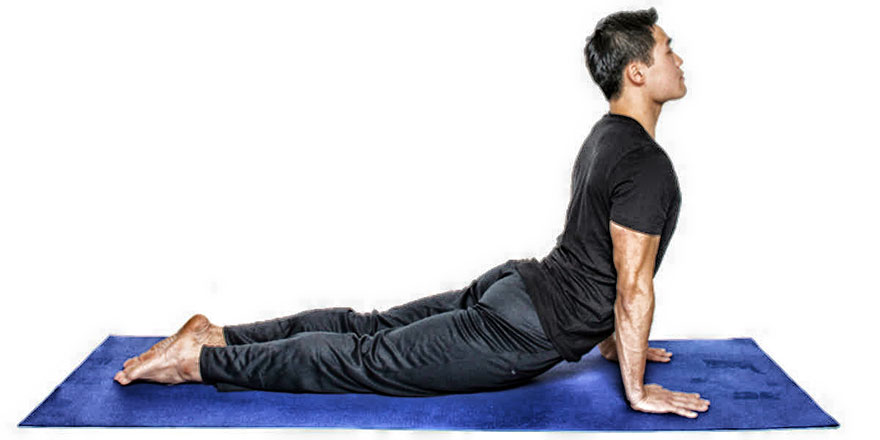
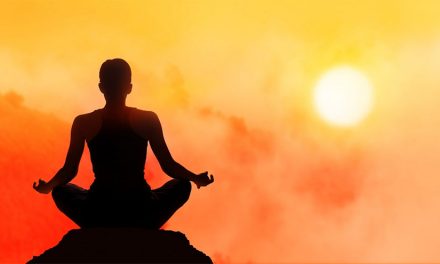
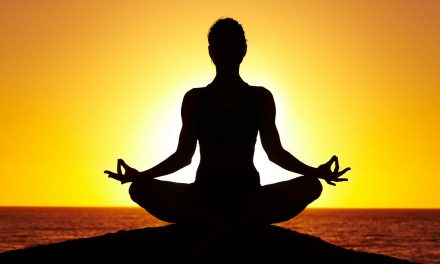
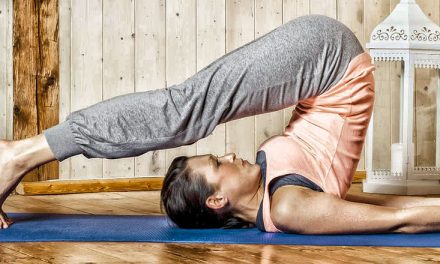
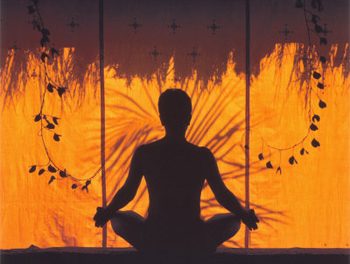





Common mistakes to avoid is well written for Beginners
this is an excellent exercise to retain the nimbleness of your body
excellent
I am 95 and is active without any chronic ailment.At younger age till about 40 I am used to regularly doing
yogasanas including sirasasana.is it advisable for me to attempt these reommmfnded in this post?
the arms should not be locked says the article but the picture shows arms locked!
The Bhujangasana and Halasana are the Basic
Asanas in YOGA, for Healthy Body.
Not sure if there are variants in Bhujangasana. I guess the upper body has to be raised till the navel only.
Thanks
can you advise good simple yoga for reduce cholastrol (LDL levels) who had undergone by pass surgery 6 yrs back.( but no heart attack took place ) age 63yrs as of now. before this used to do yoga in general routine.
request to send your advise.
I REGULARLY DO YOGA AND FIND COBRA POSTURE AND PLOUGH POSTURE ARE VERY MUCH BENEFICIAL FOR BACK PROBLEMS/ THYROID AND HIP JOINT PAIN.
I FIND FISH POSTURE IS ALSO USEFUL TO CURE THYROID PROBLEMS.
This is the best Asan for back.
you recommend no to straight arms which I agree but picture shows very much straighten arms
I see no harm in doing most of the asanas, if you can do them without discomfort. While you would have to bear with ominous loss of flexibility, which is the aging process; some other excercises be better left alone due loss of muscle strength, as would have noticeably manifested by now, at 90 & beyond. Hence forth, however, further aging will have no further effects on whatsoever you can achieve now.
VeerChauhan
Yoga exponent
Bhutan asana, pictures is not according to recommended for arms. ..?..?Thanks for useful information for new Lerner.
good